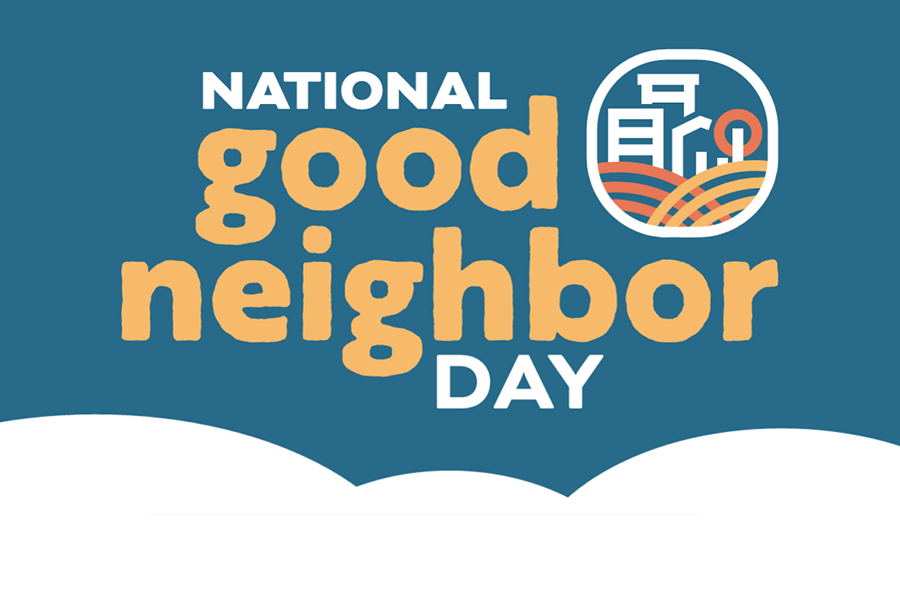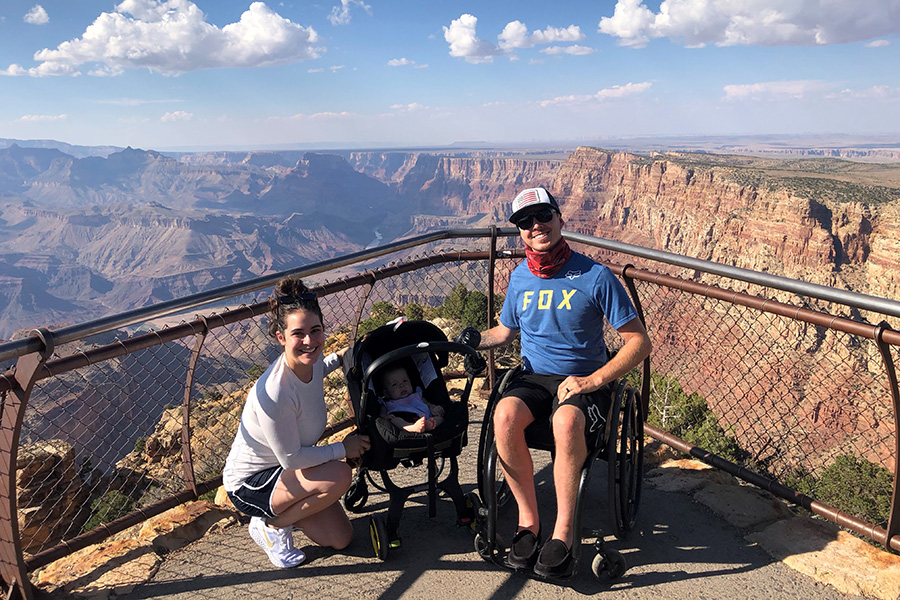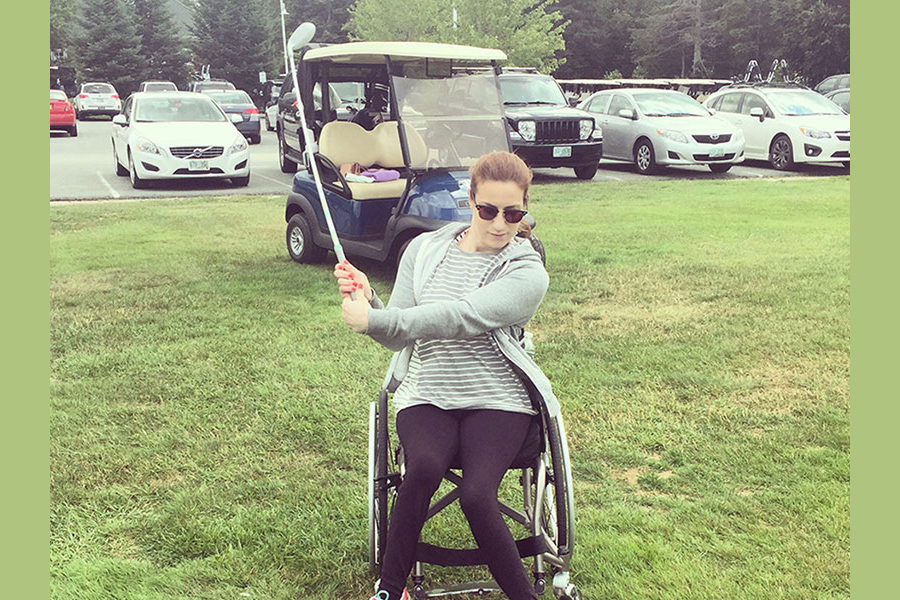My family has a long history of substance abuse, and as someone who has a propensity to go BIG with everything I do, I am very aware of how one drink can turn into many drinks, which can turn into a habit of drinking. Alcohol is a social activity, a bonding tool, and an escape route for many dealing with difficult decisions. However, people with disabilities are at a much higher risk for substance abuse disorders compared to those without a disability.
Approximately 4.7 million individuals have a co-occurring disability and substance abuse problem.
What is considered a substance abuse “problem”? These disorders occur when the recurrent use of alcohol and/or drugs causes clinically-significant impairment – including health problems, disability, and failure to meet responsibilities at work, school, or home. (SAMHSA)
Researchers estimate that each year there are more than 178,000 alcohol-related deaths, making alcohol a leading preventable cause of death in the United States. In addition, more than 200 disease and injury-related conditions are associated with alcohol misuse. (NIAAA)
Substance abuse disorders and other drug-related issues are more likely to occur when a person has experienced risk factors such as a family history of substance use disorders or personal trauma. *Me waving at the screen!
Why Do People Use Drugs or Alcohol?
The National Institute of Drug Abuse (NIDA) has grouped four top reasons why people in general may use drugs or alcohol:
- To feel good. People may desire the feeling of pleasure, which is when they experience high or intoxication. People use substances to feel euphoria, calm, and increased perception and sense.
- To feel better (self-medicate). People use substances as a stress reliever, to avoid or forget problems, or to feel numb.
- To do better. People may use substances to seek improvement in their performance and cognition.
- Curiosity or peer pressure. People may use substances out of curiosity. They might want to experiment, or they might feel pressure from their peers to try substances.
Why are Disabled Individuals at Greater Risk?
Disabled individuals are no different from people in the general population in their desire to feel good, to feel better, to improve performance, and to fit in with their peers. However, people with disabilities face additional barriers:
- Complex challenges of living with a disability or receiving appropriate, related services.
- Pain and other medical issues that can lead to misuse of prescription medication.
- Lack of accessible and appropriate prevention and treatment services.
The three types of disabilities that have the highest prevalence rate of coexisting substance abuse are:
- Mental illness. Approximately 40% of all individuals with mental health conditions have a coexisting substance use disorder.
- Brain injury and spinal cord injury. People with traumatic brain injury and spinal cord injury in the United States approaches or exceeds 50%.
- Deafness, arthritis, and multiple sclerosis. Individuals with these disability types have a risk for substance use disorders that is at least double the rate of the general population.
Being aware of the downfalls we may succumb to as individuals with disabilities is not an excuse to fall down that rabbit hole, or to even scare you. It is to become aware! With awareness come the tools to manage ourselves, our mental and physical needs, and to manage our pain – or any unhealthy co-dependency we may begin to adopt.
After living with a spinal cord injury for 25 years, I have come to realize that a bottle of alcohol or a prescription only makes things worse for my body. Connecting with family, friends, nature and myself are the best tools to handle any prolonged mental or physical pain.
My best to you, in Health,
Aaron

















